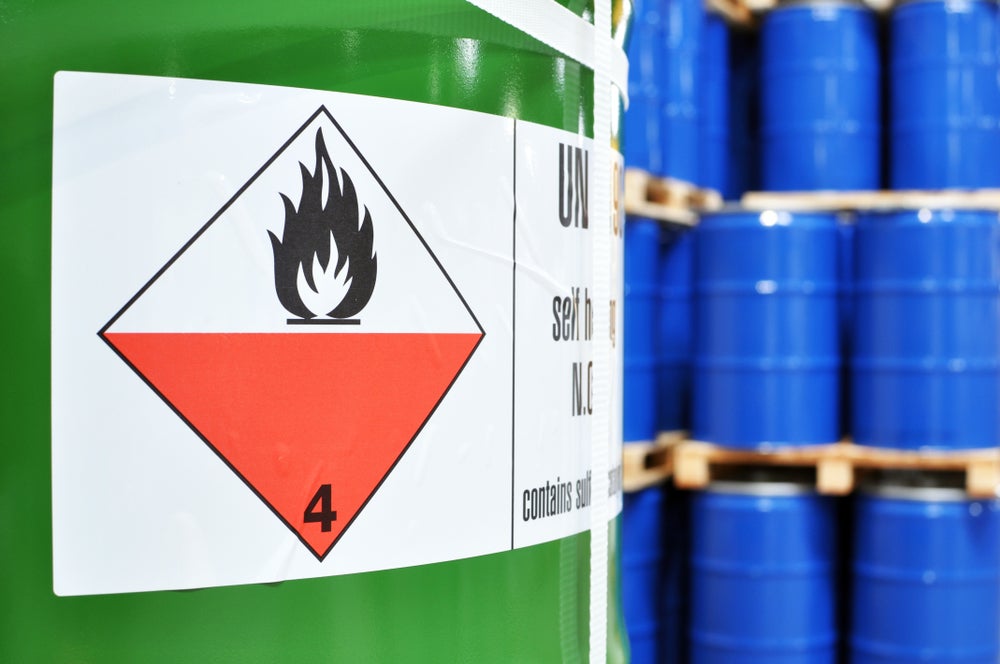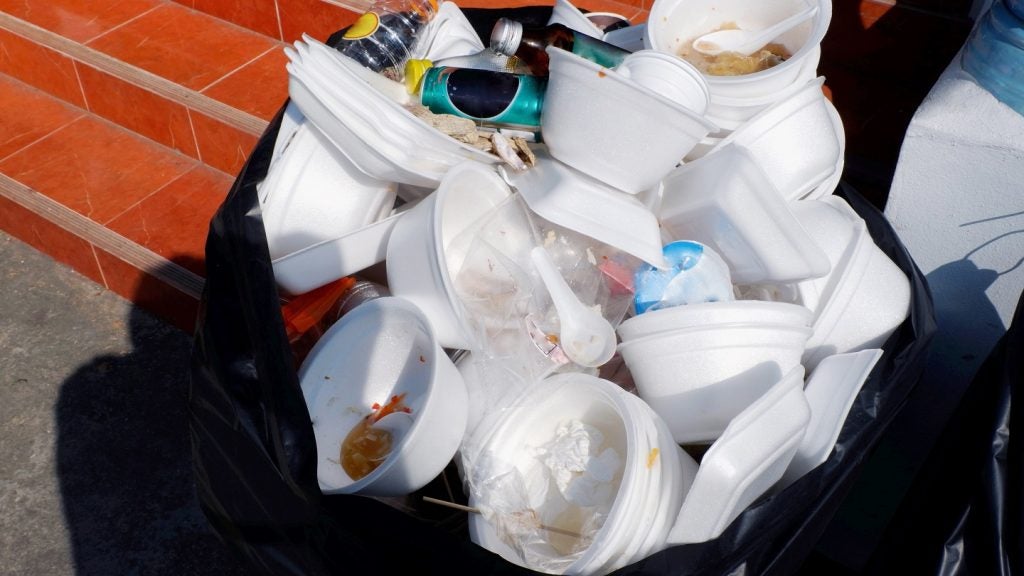In a move to enhance the safety of transporting dangerous goods, the latest regulations have been outlined in the "orange books" of the ADR, or the European Agreement concerning the International Carriage of Dangerous Goods by Road.
These regulations, detailed in part 4 of ADR volume 2, bring a comprehensive framework for the packaging and transportation of hazardous substances.
ADR ensures that any dangerous goods transported by road can cross international borders freely if the goods, vehicles, and drivers comply with its rules. ADR has been in force since 1968 and is administered by the United Nations Economic Commission for Europe (UNECE).
Packaging guidelines: a detailed look
The journey through ADR begins with Chapter 4.1, focusing on the use of various packagings, intermediate bulk containers, and large packagings. Definitions for these terms are neatly presented in Chapter 1.2, creating a logical flow.
As one delves deeper into Chapter 4.1, the initial sections establish general requirements, paving the way for more specific details.
Once dangerous goods are accurately classified, Table A becomes the key to accessing packaging specifics. Columns 8 to 14 decode the allowed packaging types, guiding users to relevant paragraphs for detailed information.
For example, a paint product with UN No 1263 follows instructions in column 8, leading to paragraph 4.1.4, offering a plethora of packaging options.
Notably, packaging requirements vary based on the packing group (PG). In a practical example, choosing drums as the packaging for a PG I substance yields ten options, all constrained to a maximum of 250 litres.
Similar insights into tank methods are accessible by perusing columns 10 to 14.
Certification standards: UN approval and markings
In adherence to international agreements, most packaging, with limited exceptions, must meet UN standards.
Commonly referred to as "type-approved" or "UN certified," these packagings undergo rigorous testing to ensure their suitability for transporting specific dangerous goods.
Breaking down the markings and labels, an example with P001 reveals a "steel non-removable head drum" coded as "1A1."
The intricate markings, such as the circle with letters and numerical codes, follow guidelines outlined in ADR 6.1.3.1, providing vital information about the packaging's characteristics.
In 2023, US-based dangerous goods and hazardous materials shipping solutions company Labelmaster released an interactive, 3D online general awareness course to improve awareness around handling and shipping dangerous goods.
Understanding the lifecycle of packaging is also crucial. IBCs, designed for extended use, undergo regular inspections.
Notably, plastic packaging, including IBC inners, is typically limited to a five-year lifespan. Special provisions, such as PP81 and B15, further tailor these limits for specific substances.
Ensuring compliance and handling exemptions
Compliance is paramount, and the Dangerous Goods Safety Advisor (DGSA) plays a pivotal role in guiding packers through detailed provisions.
In the UK, the Department of Transport, operating through VCA Dangerous Goods Office, serves as the competent authority for packaging certification, offering transparency through their website.
While ADR doesn't explicitly ban packaging reuse, diligent considerations must be made. Drums, commonly reused, necessitate adherence to packaging performance certificates.
The absence of objections to non-dangerous substances' use in packaging underscores flexibility, subject to risk assessments and relevant legislation.
Certain exemptions exist, notably for limited quantities of dangerous goods. Large packagings, defined in ADR 1.2.1, find relevance in the healthcare sector, facilitating the safe transport of clinical waste.
Certification details, including leakproofness, are outlined in Chapter 6.6.
Tanks and rigorous inspection protocols
Tanks, indispensable for bulk transportation, undergo stringent scrutiny outlined in ADR chapters 6.7 to 6.10. Definitions for various tank types are established in ADR 1.2.1, with specific details available for portable tanks, fixed tanks, and more.
Routine inspections for tank compliance involve visual assessments and detailed checks of markings. These checks, while not exhaustive, serve as crucial indicators of compliance with construction and inspection standards. The identification of tanks and associated markings provides a trail of inspection history.
For tanks constructed to older standards, a distinct regime prevails, outlined in "Dangerous Goods: Approved Derogations and Transitional Provisions." Written schemes of examination (WSE) become crucial, emphasising suitability and maintenance.
These new regulations in the ADR mark a significant step forward in ensuring the safe transportation of dangerous goods. Packed with detailed guidelines, certifications, and inspection protocols, these measures aim to protect both transporters and the general public from potential hazards on the road.
















